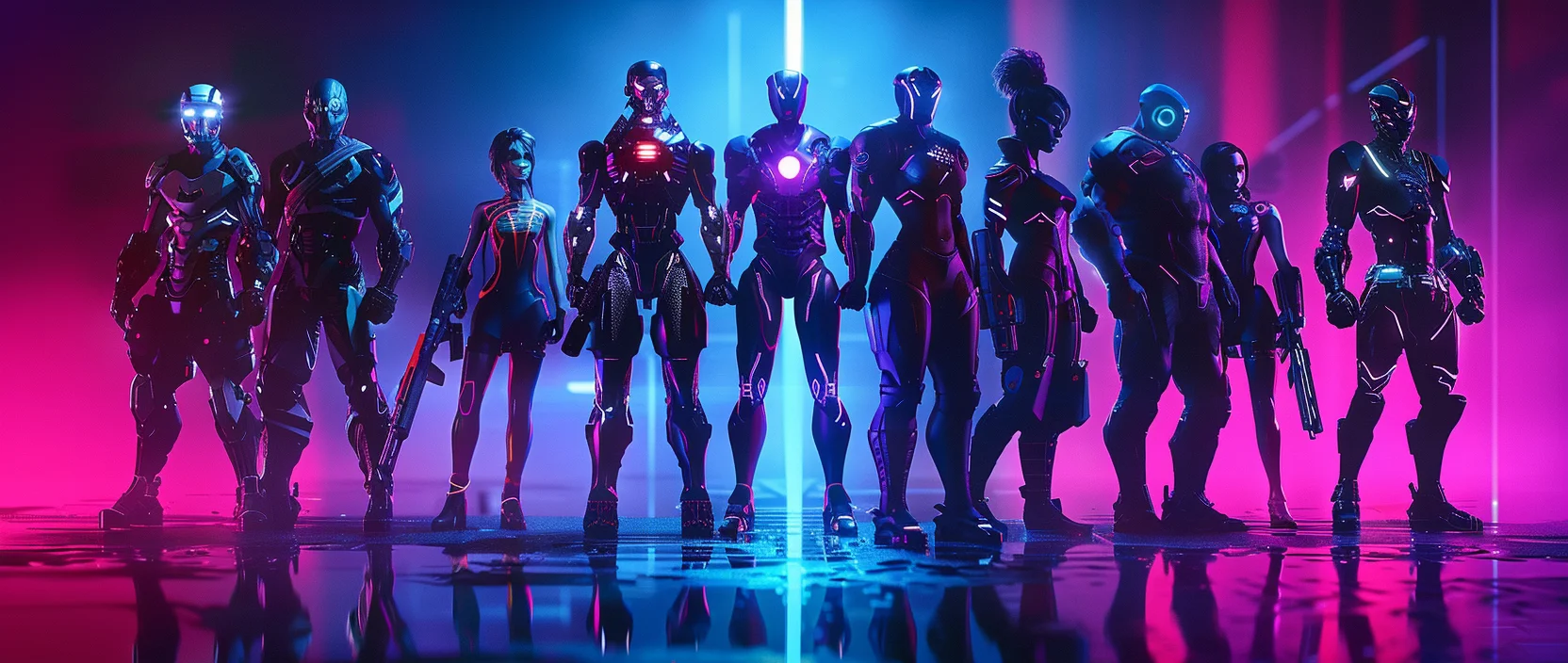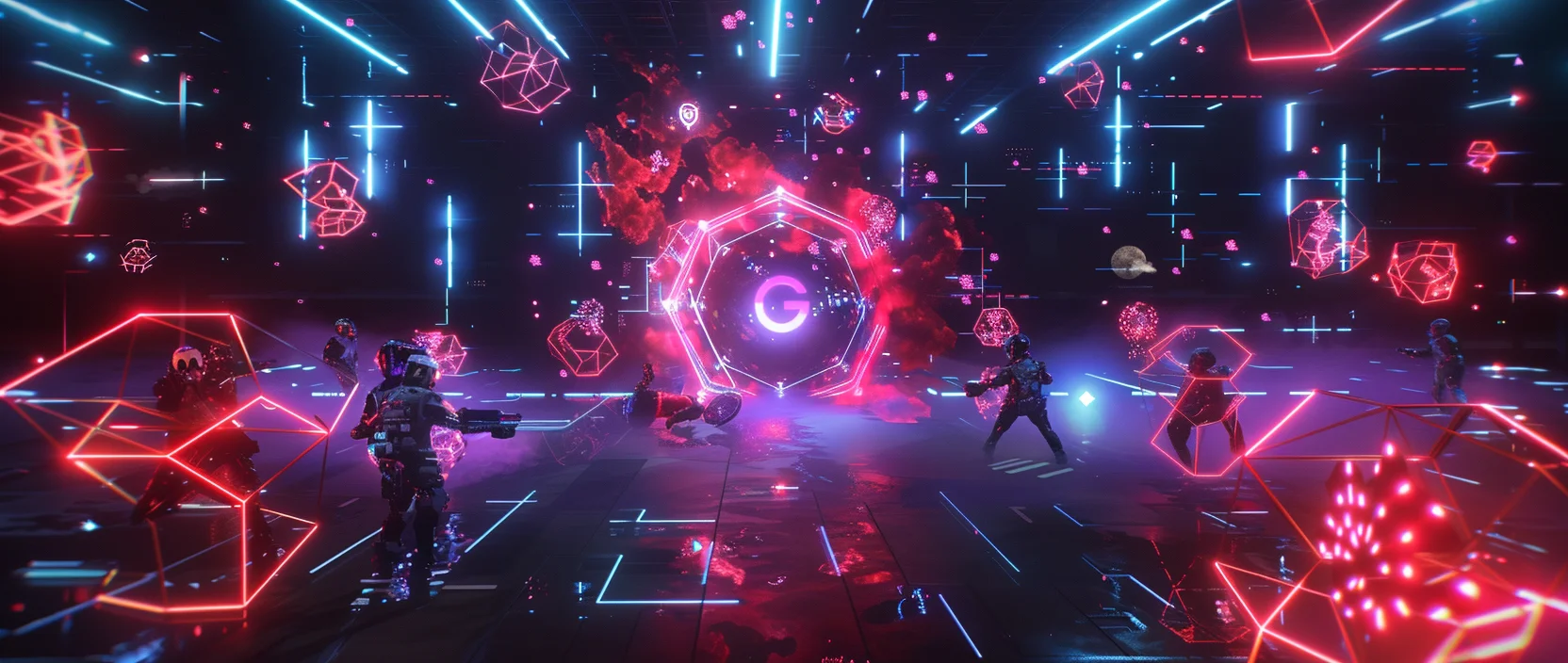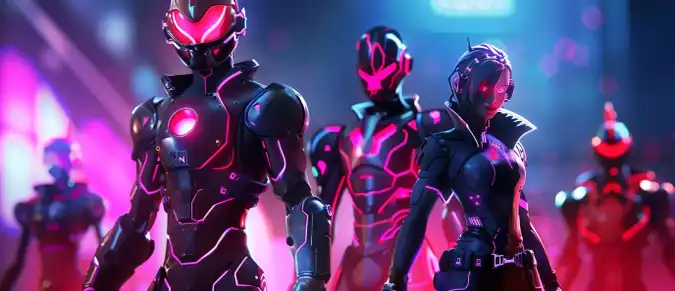The GAMEE platform became one of the first attempts to merge familiar mobile and social games with blockchain technology. The project started as an HTML5 game publisher and evolved into an ecosystem with its own GMEE token, NFT mechanics, tournaments, and Telegram integration. Today, GAMEE has more than 100 million registered users and over 10 billion game sessions. In this article, we will explore the key aspects of the project’s development, its architecture, and its importance for the mass adoption of Web3 gaming.
Contents
- History and Evolution of GAMEE
- Ecosystem and Key Products
- The GMEE Token and Its Use Cases
- Telegram Integration and Wat Protocol
- Partnerships and Development Prospects
- Conclusion

1. History and Evolution of GAMEE
GAMEE was launched in 2015 as a publisher of mobile HTML5 games distributed through social networks and messengers. The platform’s success was based on its simplicity: players could start without downloading apps, which ensured rapid user growth. In 2020, the company was acquired by Animoca Brands, a leading Web3 solutions developer, marking a turning point in its transition to the blockchain model.
From that moment, GAMEE stopped being just a publisher and began to grow into a full-fledged Web3 ecosystem. Its foundation included the GMEE token, NFT characters (G-Bots and Beast), the Arc8 mobile tournament app, and collaborations with well-known brands. This turned GAMEE into an example of how traditional mobile gaming can be adapted to blockchain technology.
An additional growth factor was GAMEE’s focus on simple and accessible games, which could be easily adapted for different audiences. This approach allowed the project to scale quickly and expand beyond local markets. Today, GAMEE is considered one of the flagships of Web3 mass adoption in everyday gaming, while maintaining ease of use and familiar interfaces.
2. Ecosystem and Key Products
The GAMEE ecosystem is built around several components that create a unified space for players, developers, and advertisers. It combines gaming products, blockchain mechanics, and an advertising platform, with an emphasis on mass engagement.
- Arc8 — a mobile app with tournaments where players compete for rewards in GMEE tokens and NFTs.
- G-Bots — collectible NFT robots that can be upgraded and provide bonuses in Arc8 games.
- Game Parcels — NFT slots for integrating third-party games into the ecosystem, offering developers revenue opportunities.
- Web3-AdNetwork — an advertising system where brands pay in GMEE for promotion, and tokens are bought back from the market to support the economy.
- Social mini-games — integrations in Telegram and other platforms that allow users to experience Web3 through a familiar format.
This product diversity makes GAMEE a multi-layered platform that simultaneously functions as a publisher, marketplace, and advertising network in Web3 gaming. Thanks to its flexible architecture, the project unites the interests of casual players, developers, and large brands. Each element strengthens the value of the whole ecosystem.
3. The GMEE Token and Its Use Cases
GMEE is the central element of the ecosystem. It is a utility token based on the ERC-20 standard that ensures the project’s economic sustainability. The maximum supply is about 3.18 billion tokens. Its role is to connect players, developers, and advertisers in a single space.
The table below shows the key functions of the GMEE token:
| Function | Description |
|---|---|
| Tournament entry | Payment for participation in Arc8 events and special gaming activities. |
| NFT purchases | Used to acquire G-Bots, Game Parcels, and in-game items. |
| Governance | Allows holders to participate in shaping the ecosystem’s development. |
| Advertising | Payment for ad campaigns, creating real demand for the token. |
GMEE is not just an in-game currency but an important tool linking different segments of the platform. Its use in advertising creates real demand, while governance features turn players into co-creators of the project’s future. This ensures the token’s long-term relevance and strategic importance within GAMEE’s economy.

4. Telegram Integration and Wat Protocol
One of GAMEE’s main advantages is its integration with Telegram. This enables mass engagement by allowing users to play directly in the messenger without downloading apps. This model has proven its effectiveness through bots with millions of active participants.
An important step was the introduction of the Wat Protocol, which incentivizes participation through the WatPoints system. Users earn points by staking GMEE, playing mini-games, and connecting TON wallets. These points can be exchanged for rewards, including NFTs or partner tokens. Notably, Wat Protocol supports integration with major NFT collections like Pudgy Penguins and Mocaverse, strengthening cross-community ties.
Telegram integration and Wat Protocol became the “entry point” for millions of users experiencing Web3 for the first time. The project proved that blockchain doesn’t need to be complicated or intimidating. Instead, gamification allows people to naturally immerse themselves in the new digital economy.
5. Partnerships and Development Prospects
GAMEE actively develops partnerships with well-known gaming and blockchain projects. These include Mocaverse, Decentraland, The Sandbox, as well as world-class brands such as NASA, Guinness World Records, Atari, and Manchester City. Such collaborations expand audience reach and strengthen the ecosystem’s recognition globally.
The project’s prospects lie in expanding tournaments, growing its ad network, and deepening Telegram integration. In the long term, GAMEE aims to become a bridge between traditional mobile gaming and the Web3 industry. The key factor for success will be attracting new players unfamiliar with cryptocurrencies and converting them into active participants in the ecosystem.
We can also expect the emergence of new interaction formats — from branded quests to integrations with metaverses. These steps will help GAMEE maintain leadership in its segment and open new opportunities for collaborations. Strategically, the project positions itself as a hub that unites traditional gaming with the fast-growing world of Web3.
6. Conclusion
The GAMEE platform demonstrates that merging traditional gaming with blockchain can be convenient and understandable for a mass audience. Thanks to Telegram integration, the GMEE token, and NFT mechanics, the project has attracted millions of users who are gradually discovering Web3 opportunities.
GAMEE’s biggest strength is its simplicity: players don’t need to learn complex crypto tools to join tournaments or earn rewards. This makes the project an excellent “entry point” for beginners while solidifying its competitive position in the Web3 gaming space.
The platform’s future is tied to expanding partnerships, scaling its advertising ecosystem, and integrating into metaverses. GAMEE has already proven it can connect brands, communities, and players, creating a vibrant ecosystem at the intersection of Web2 and Web3. All this makes it one of the most promising examples of mass blockchain gaming adoption.





